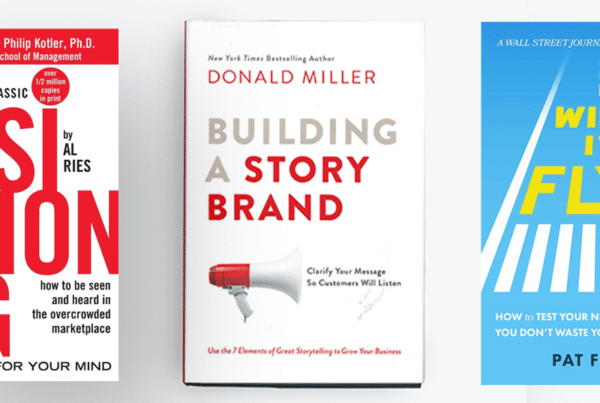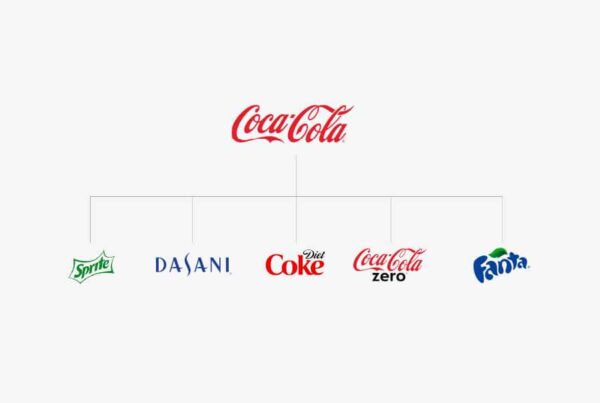Sometimes it’s hard to define what a brand actually is. In order to define what something is we often find it helpful to define what it is not. Here are 7 myths about branding that we hear everyday.
1. Your logo is your brand.
Your logo is not your brand. Your logo is only a piece of your brand. Jeff Bezos, CEO of a little company called Amazon,said, “Your brand is what people say about you when you’re not in the room.” Your brand is your customer’s experience, the music you play while customers are on hold, and the way your employees dress. With Apple, we might think “simplicity” when thinking about their brand. Or with Coca-Cola we might think “nostalgia.” With Chipotle we think “healthy.” These ideas are reinforced every time we interact with their company. Not just with the logo.
2. Branding is a one-time thing.
Brands are built over time by consistently delivering a concise message for a valuable product or service wrapped in a consistent look & feel over and over and over. It’s consistency at every touch point every time. Consistency = trust. Trust = sells.
3. Everyone is my target audience.
Sure, we would all love it if everyone bought our product. But the days of mass media are over. In the ’50s everyone was watching the same commercials, buying the same cars, and drinking the same drinks. Today, information flows differently. People live in their own tribes and are influenced by tribal leaders on social media or in their peer group. They buy what their friends buy. So unless you are Coca-Cola, Apple, or Amazon you are wasting your time trying to sell to everyone. The goal is loyalty with a few rather than single transactions with many.
4. Branding & marketing are the same thing.
While they are intertwined, branding and marketing are distinctly different. Branding is the long-term sculpting of an organization’s reputation. Branding builds loyalty and value at a macro level. Marking fits into the branding structure by driving short-term sales. It does this by generating key points for the audience to respond. Branding is the why. Marketing is the how.
5. Your brand needs to look like your competitor’s.
If the rational behind any brand decision is “it’s what my competitors are doing”, check yourself. If you look and act like your competitors, then why should your brand exist? Instead, finding your distinctly different place in the world will create better resonance and loyalty.
6. Branding doesn’t have measurable value.
When confronted with the costs of branding, a valid question arises: what value does branding actually add to my business? Is there a clear financial return on my investment? Based on two dozen case studies with Fortune 500 companies, for every dollar invested in visual communication at the point of sale, companies realized a $7.21 ROI. In the book Design Currency, 163 companies from 11 market sectors reported an average of 20% higher profits when focusing on functional and experiential design. The results are clear: branding builds value.
7. Branding is all about the whats.
Every company can tell you what product or service they sell. Not all companies can tell you why they do what they do. It might sound vague and abstract, but people actually make decision based on why first then back it up with logic and reason. People don’t make decisions because of features and benefits. They make decisions because something makes them feel safe, secure, comfortable, smart, or attractive.
Ready to build your brand?
Get Started


